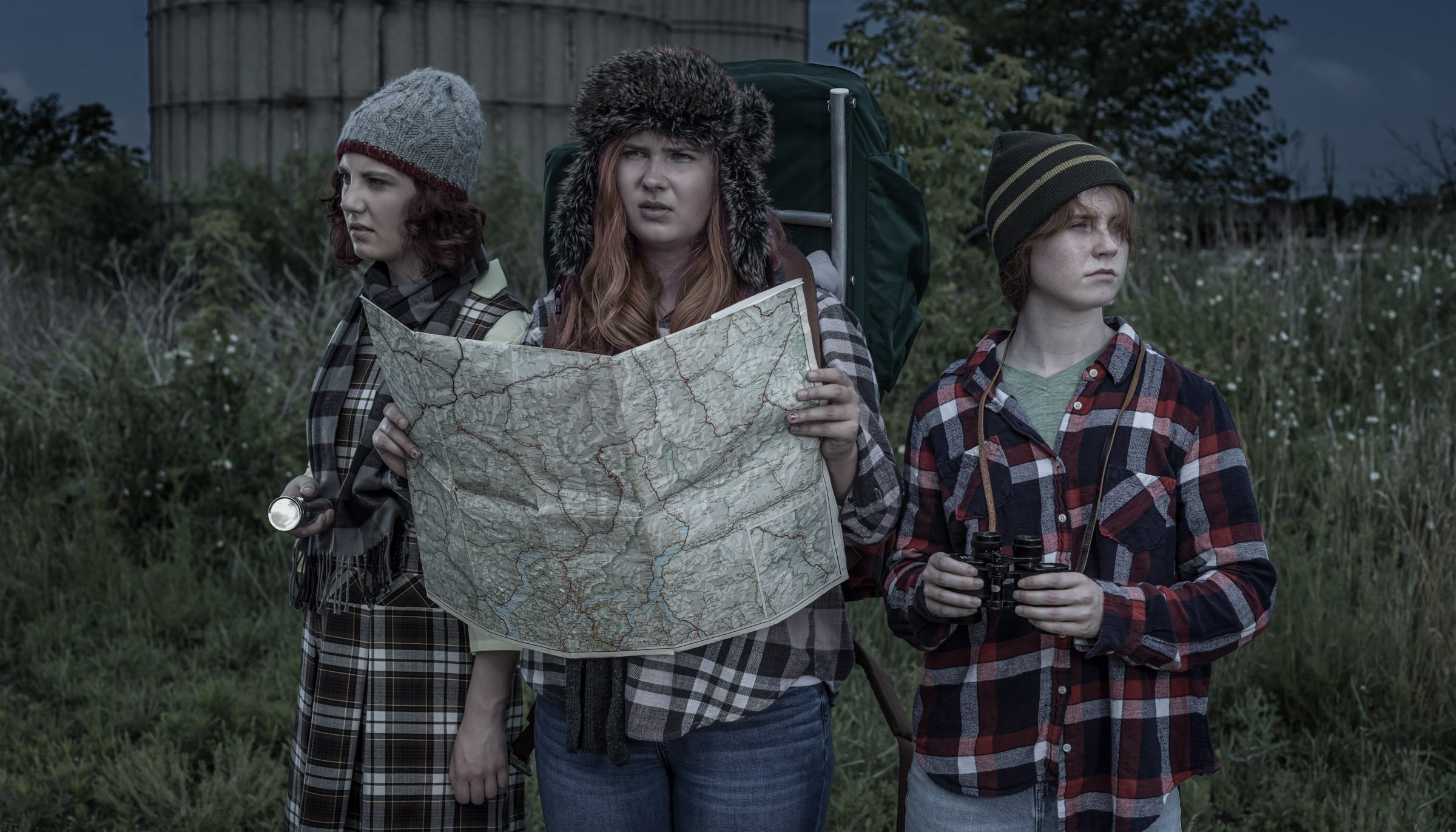The Wanderers
“For me, childhood roaming was what developed self-reliance, a sense of direction and adventure, imagination, a will to explore, to be able to get a little lost and then figure the way back.” Rebecca Solnit, A Field Guide to Getting Lost
Sometimes we find ourselves lost. Maybe we get lost on purpose. In the past few years I’ve had the feeling that I was lost. I felt very unsure of my choices, perhaps doubtful of the map I felt I had been following. I worried about whether I was too far astray of a path I had been following to ever find it again. It scared me.
I recalled that when I was young, I would set out into the woods, with no map at all, looking for new pathways, new adventure. I had the confidence that I would find my way – to return or go onward. My friends and I would occasionally plan expeditions, maybe “camping out” for the night. This would include packing of gear as if we were exploring a frontier. It might only be a nearby forest, but to us it was wilderness to be traversed and conquered. We wanted to be scouts, like Lewis and Clark, and enter a land with less guarantee of safety and more chance of discovery. Maybe we would find a new home in the wilds and never return to civilization. This new series of semi-narrative tableaus imagines a band of young explorers traversing the land. These young women portray both the fantasy of those childhood expeditions and serve to illustrate the idea of getting lost, being lost, and finding one’s way.
Solnit goes on to say, “Getting lost like that seems like the beginning of finding your way or finding another way, though there are other ways of being lost.” This series is in some ways my own processing of being lost and finding my way, and gaining an appreciation of getting lost as a deliberate act.





















